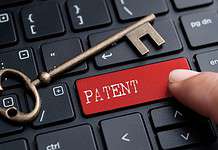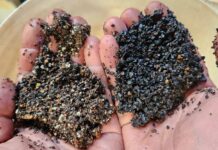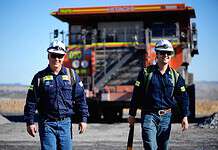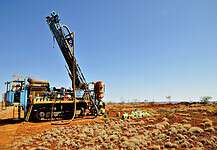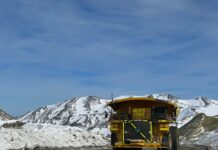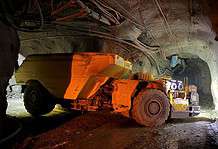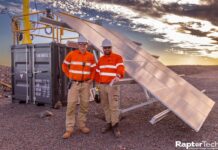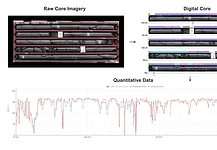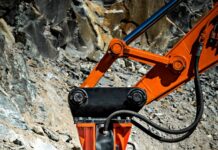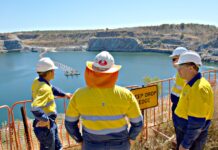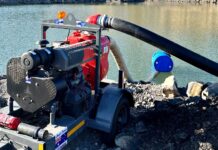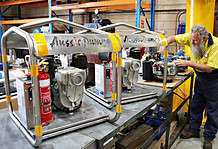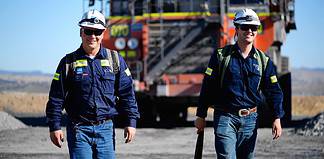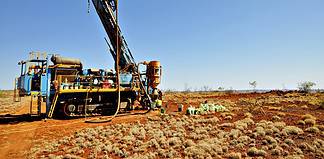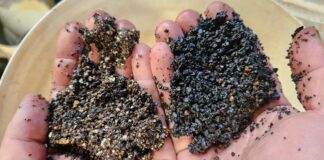CONCORD Engineering in an Australian business that specialises in the manufacture and application of high performance abrasion-resistant materials for mining, mineral processing and general industry.
The company works with clients to design and manufacture specific pipelines to eliminate problem high-wear areas and improve functionality.
The drafting department, along with engineering design, provides detailed drawings and the company’s project managers help to assist sites with project schedules, delivering and overseeing installations under budget and on time.
Concord Engineering director David Lea said the company was currently working with a client whose aim is to tidy up the various pipework in the processing plant.
“We are offering to update the old drawings and standardise their pipework, including pipe lining material selection, to increase wearlife and ease of maintenance that will happen in the future and allow their stores to hold less inventory as parts are interchangeable,” Mr Lea said.
“We are also offering spares to be held at Concord premises to allow for quick supply and rotable refurbishment works.”
As a result, the site was able to streamline processes, update drawings, implement a material change recommendation after proposed trial to increase wear life of the pipeline (less downtime lead to increased production) and identify specific spools for specified pipe runs.
Production capability
Concord Engineering has increased its production capability with larger polyurethane process machines and invested in equipment to allow larger pipe sizes and lengths to be lined.
Additionally, the company now offers ceramic lining of pipes using monolithic silicon carbide ceramic liners and also HDPE and PP linings for chemical resistance.
“Concord offers a one-stop shop with controllability from beginning to end,” Mr Lea said.
“From onsite scanning and job installation supervision, everything is done in-house as we offer drafting, stripping, fabrication, sand/grit blasting, painting, lining and machining services, so we are able to provide the best lead time possible.”
Choosing materials
The company also has the ability to select the correct polyurethane material for toluene diisocyanate (TDI) or methylene diphenyl diisocyanate (MDI) applications.
Choosing the material that best fits the application can be a daunting task considering the vast number of materials available.
Following the steps to solving a wear problem should help clarify what mechanisms are operating and therefore help narrow down the material choice options.
A more desirable service life is possible for installed mineral processing components when the erosion and corrosion is minimised by more informed material choice.
How to solve a wear problem:
- Identify the mode of failure before thinking about the solution.
- List environmental conditions the component will be subject to.
- Is redesign warranted or possible?
- Think carefully about your material selection. What properties are required to improve erosion/corrosion behaviour in this situation? What materials have these properties?
- Conduct a cost-benefit analysis.
- Remember to consider plant downtime in the cost benefit analysis.
- Trial new material options in a laboratory setting where possible.
- Conduct field trials of the new material in the industrial environment.
More information:
08 9459 1500


